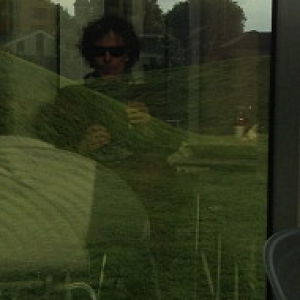Greater London House
…Camden.
‘For decades, London took its wonderful Art Deco factories of the 1920s and 1930s for granted. Then from the 1950s to the 1970s they became the victims of makeover merchants and snooty design gurus who despised them as the cinematic fripperies of a past age, irrelevantly ornamented with details from an age still older: what had the ancient Egyptians, for goodness sake, done for us? And so the sunbursts and bright flashes of colour – and sometimes the entire buildings that bore them – began to disappear.
From the 1980s onwards, though, people started to realise that the world was a duller place for the loss of these exuberant buildings. Changing fashions and the rise of postmodernism with its penchant for outré ornament helped. So did the realisation that the 20th century had contributed more to design than hair-shirt glass-and-steel modernism. So, of course, did amenity groups like the Twentieth Century Society. As a result there have been some dazzling successes of preservation and restoration.
By the approaching millennium, the old Carreras cigarette factory in Mornington Crescent had been shorn of many of its decorative details. The front of the 1926 building, designed by M.E. and O.H. Collins, had been the epitome of Carreras’ Black Cat cigarette brand, with cat-head roundels repeated across the façade and two eight-foot high seated cats, inspired by the Egyptian feline goddess Bastet, guarding the entrance. Triumphantly, the cats were brought back for the millennium, and the whole frontage – cat heads with wiry whiskers, stylish Art Deco lettering, colourful Egyptian capitals – was restored. This corner of North London is all the better for it..’
englishbuildings.blogspot.co.uk
- 1
- 0
- Samsung WB750
- f/3.4
- 5mm
- 100

Comments
Sign in or get an account to comment.


